Investor's Corner
Wall Street explains why they are bullish on Musk-Trump alliance
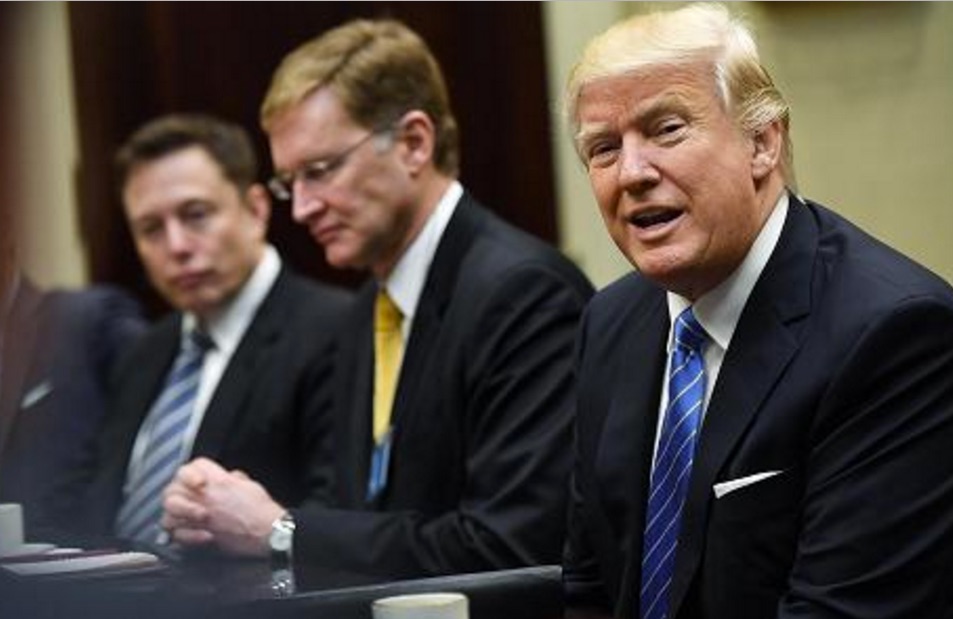
Morgan Stanley analyst Adam Jonas released a new research note clarifying why he raised the target price for Tesla Motors (TSLA) to $305 per share. Jonas warns investors who have equated Elon Musk’s new relationship with Donald Trump with a higher stock price. “There is no way to quantify the value (if any) of Tesla management’s advisory relationship with the new administration,” Jonas said.
Instead, Jonas emphasized the congruence between Trump’s desire for American workers to build products in American factories and Tesla’s business model which does both. Tesla is a leader in the automotive segment in both categories. “When you look at the businesses Tesla is in, you see many areas of overlapping interest” with the Trump administration, Adam Jonas told New York Times correspondent James Stewart on Friday. “To the extent the new administration prioritizes the creation of valuable, innovative high tech and manufacturing jobs, Tesla stands at the epicenter of that.”
In fact, the auto industry manufactures relatively few cars that can be truly called “US Made.” According to a chart compiled by Cars.com last year, the number of models of light duty vehicles that qualify for that label has fallen precipitously in recent years from nearly 30 in 2010 to only 8 in 2016.
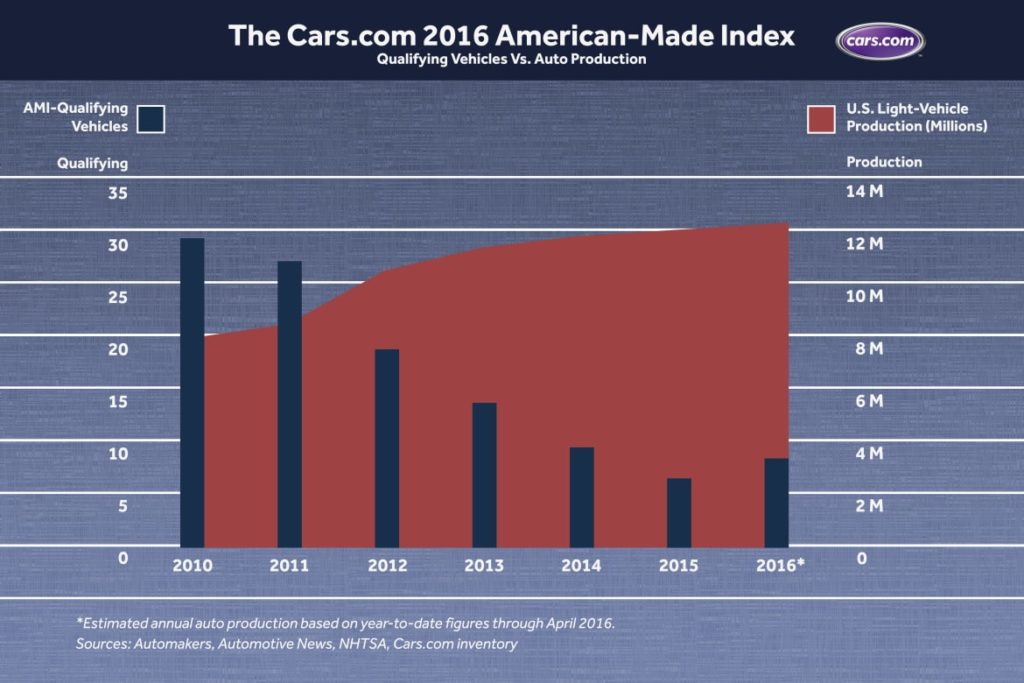
Another analyst weighing on the Musk-Trump connection is Andrew Hughes, an alternative energy analyst for Credit Suisse. Hughes said solar investors “aren’t nearly as negative as they were the day after the election.” In part, that is because solar power — which up until now has needed significant federal incentives to survive — has become so inexpensive, particularly with regard to coal, that many industry observers think it will survive on its own even if those incentives are eliminated by the Trump administration.
Despite Donald Trump’s antipathy to renewable energy, business is all about the bottom line. If solar costs less than coal, then business is going to switch to solar no matter what the president has to say. Elon Musk is also heavily involved in re-imagining the role of the electrical grid. He sees battery storage as the key to making the grid compatible with renewables like solar and wind.
Musk has gone head-to-head with utility companies, including NV Energy, which is owned by Warren Buffett’s Berkshire Hathaway company. In 2016, Musk and SolarCity lost a round when the Nevada PUC enacted new rules imposing monthly assessments on people with rooftop solar systems. In return, SolarCity terminated its operations in the state, laying off hundreds of local workers.
Nevertheless, Musk expects both Tesla with its grid scale batteries and SolarCity with its rooftop systems — including the revolutionary Solar Roof — to play an ongoing part in how people get their electricity in the future. Last fall, just prior to unveiling the Solar Roof, Musk said, “The solution is both local power generation and utility power generation — it’s not one or the other”. He went on to suggest that the proper mix would be about one third residential rooftop power and two thirds power from traditional utility companies.
The US Energy Department stated in its annual energy and jobs report issues earlier this month that “solar technologies, both photovoltaic and concentrated, employ almost 374,000 workers, or 43 percent of the electric power generation work force.” Compare that to the number of workers employed to make electricity from coal. That number is just 86,000 workers. “The jobs data is a compelling argument in favor of the tax credits,” Andrew Hughes said. “I want to believe that Trump won’t kill solar, but there’s still a lot of uncertainty. The big question: Will he take away the tax credits?”
Musk received plenty of blowback when he decided to endorse former CEO of ExxonMobil Rex Tillerson for the position of Secretary of State. That makes him the public face of the fossil fuel industries and theoretically a natural adversary for Musk and his commitment to zero emissions energy. But Elon thinks Tillerson can temper some of the president’s more outrageous plans to extract every last molecule of fossil fuel that can be found on the planet.
Tillerson also advocates for a carbon tax, an idea that Musk strongly supports. According to reports, Musk floated the carbon tax idea at last week’s meeting of business advisors to the president. While Donald Trump did not dismiss the idea out of hand, Musk found little to no support from others in the room.
Trump likes to think big and take bold actions. So does Elon Musk. In some ways, it’s easy to see why the two men might take a liking to each other. Trump is especially interested in space exploration, something that fits perfectly with Musk’s passion for establishing a human colony on Mars.
Job creation in America for American workers, rebooting the traditional utility grid to use modern technology, sending people off to live on other planets. These are all things that interest both men. But cozying up to Trump also exposes Musk to dissatisfaction with some of the president’s less popular plans, like building walls with neighboring countries, sending federal troops into American cities, and banning immigration by people who espouse certain religions. To be successful, Tesla will need a broad base of customers. Musk has been careful to avoid political involvement so far. His association with the new president exposes him to new dangers.
One gets the sense that Musk is willing to accept some of the negatives if he can make progress on his passion for a carbon tax. But if that idea is stymied by Trump and his advisors, Elon’s desire to work with the new administration may cool considerably. Perhaps the most danger comes from the unpredictability and volatility of the new president, who can change course in a heartbeat. Musk will be need to be nimble to avoid getting rolled over by Trump in the future.
The president is scheduled to meet with his council of business leaders today, at which time he says he will provide details about his plant to cut government regulation of business by “75% or more.” That will give Musk yet another chance to evaluate the business acumen of Donald Trump and decide whether his involvement with his plans will pay dividends for him and the companies he leads. As Adam Jonas said in his report, it is impossible to predict how the association between Trump and Musk will benefit either.

Investor's Corner
Tesla stock closes at all-time high on heels of Robotaxi progress
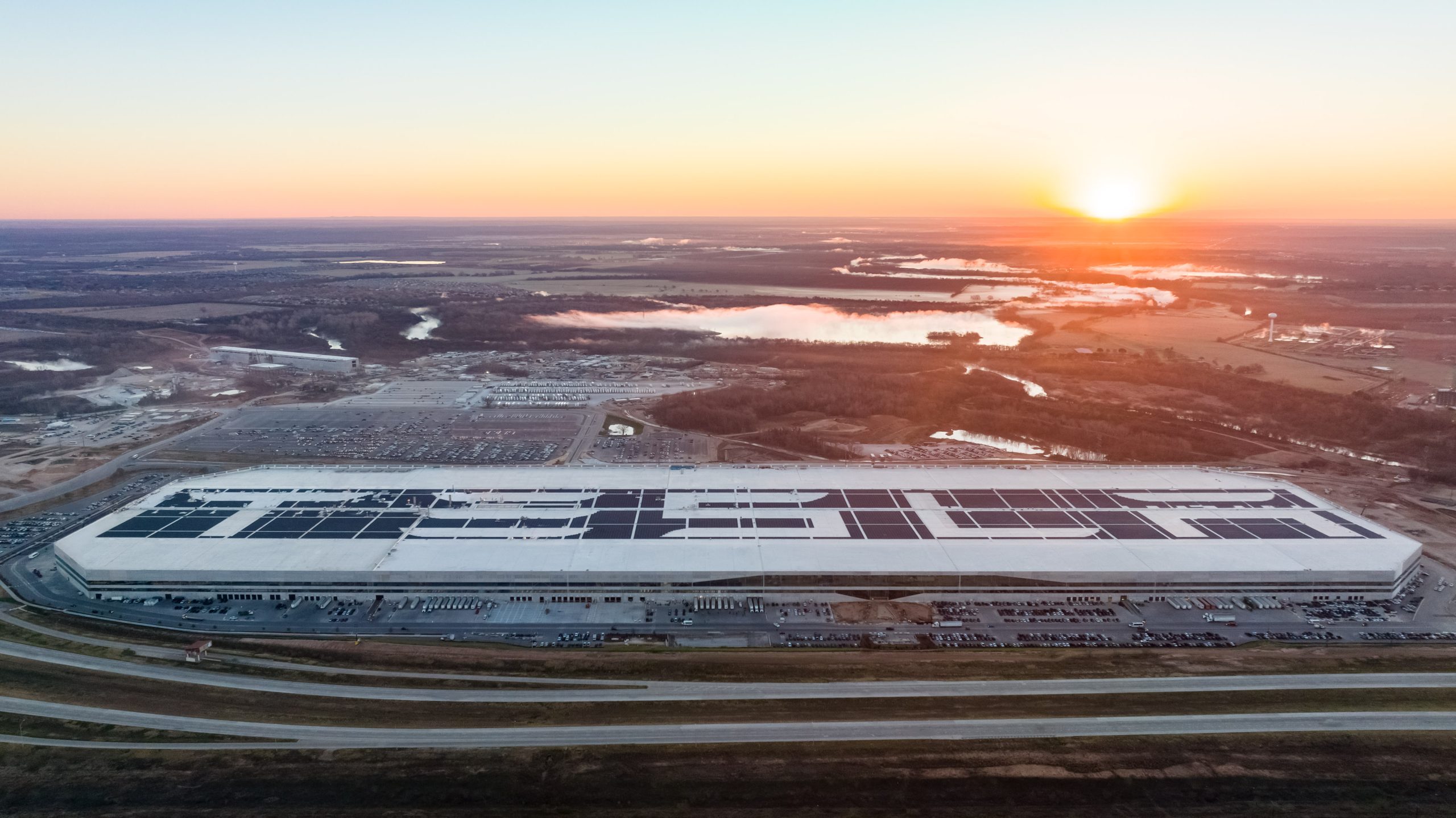
Tesla stock (NASDAQ: TSLA) closed at an all-time high on Tuesday, jumping over 3 percent during the day and finishing at $489.88.
The price beats the previous record close, which was $479.86.
Shares have had a crazy year, dipping more than 40 percent from the start of the year. The stock then started to recover once again around late April, when its price started to climb back up from the low $200 level.
This week, Tesla started to climb toward its highest levels ever, as it was revealed on Sunday that the company was testing driverless Robotaxis in Austin. The spike in value pushed the company’s valuation to $1.63 trillion.
Tesla Robotaxi goes driverless as Musk confirms Safety Monitor removal testing
It is the seventh-most valuable company on the market currently, trailing Nvidia, Apple, Alphabet (Google), Microsoft, Amazon, and Meta.
Shares closed up $14.57 today, up over 3 percent.
The stock has gone through a lot this year, as previously mentioned. Shares tumbled in Q1 due to CEO Elon Musk’s involvement with the Department of Government Efficiency (DOGE), which pulled his attention away from his companies and left a major overhang on their valuations.
However, things started to rebound halfway through the year, and as the government started to phase out the $7,500 tax credit, demand spiked as consumers tried to take advantage of it.
Q3 deliveries were the highest in company history, and Tesla responded to the loss of the tax credit with the launch of the Model 3 and Model Y Standard.
Additionally, analysts have announced high expectations this week for the company on Wall Street as Robotaxi continues to be the focus. With autonomy within Tesla’s sights, things are moving in the direction of Robotaxi being a major catalyst for growth on the Street in the coming year.
Elon Musk
Tesla needs to come through on this one Robotaxi metric, analyst says
“We think the key focus from here will be how fast Tesla can scale driverless operations (including if Tesla’s approach to software/hardware allows it to scale significantly faster than competitors, as the company has argued), and on profitability.”
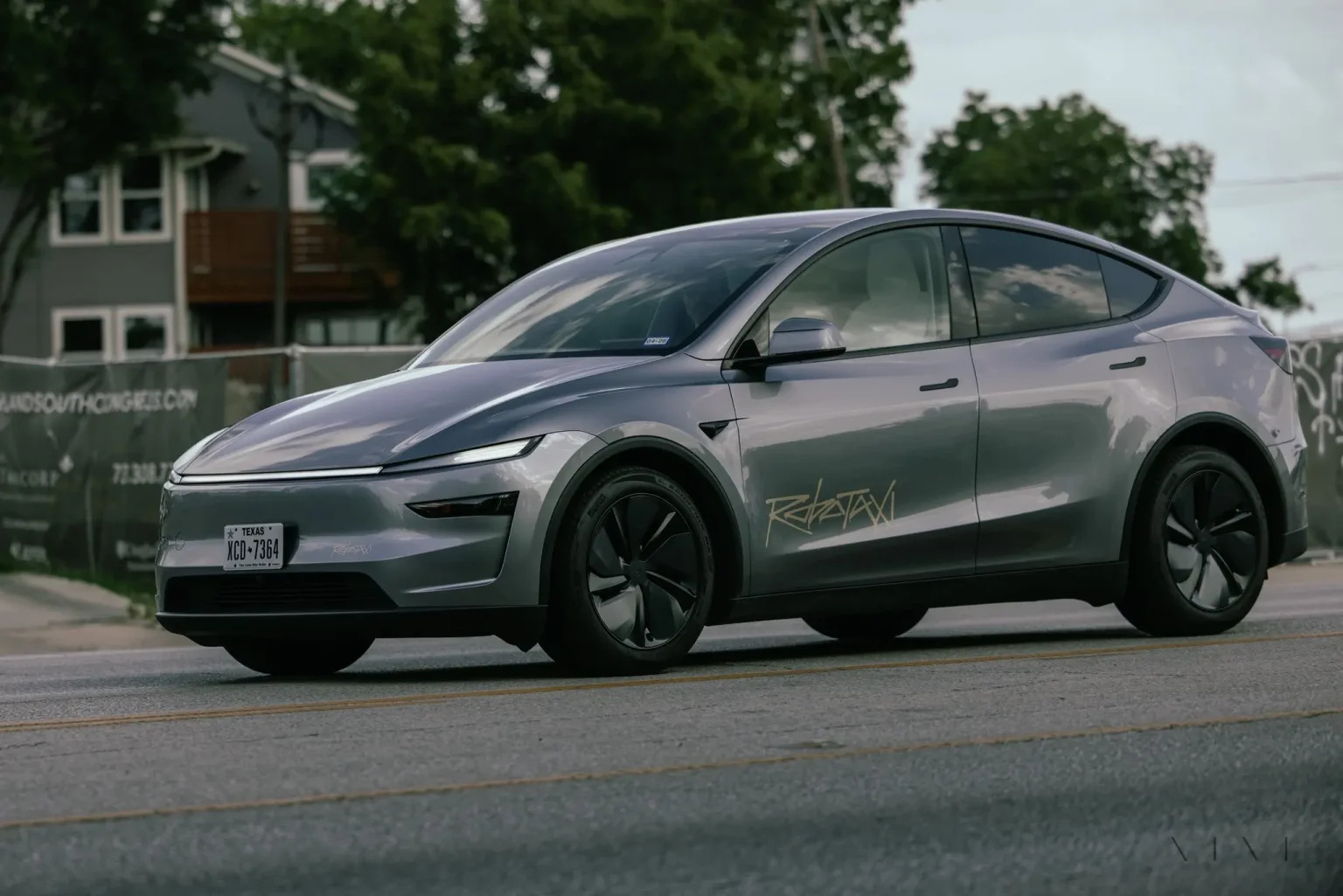
Tesla needs to come through on this one Robotaxi metric, Mark Delaney of Goldman Sachs says.
Tesla is in the process of rolling out its Robotaxi platform to areas outside of Austin and the California Bay Area. It has plans to launch in five additional cities, including Houston, Dallas, Miami, Las Vegas, and Phoenix.
However, the company’s expansion is not what the focus needs to be, according to Delaney. It’s the speed of deployment.
The analyst said:
“We think the key focus from here will be how fast Tesla can scale driverless operations (including if Tesla’s approach to software/hardware allows it to scale significantly faster than competitors, as the company has argued), and on profitability.”
Profitability will come as the Robotaxi fleet expands. Making that money will be dependent on when Tesla can initiate rides in more areas, giving more customers access to the program.
There are some additional things that the company needs to make happen ahead of the major Robotaxi expansion, one of those things is launching driverless rides in Austin, the first city in which it launched the program.
This week, Tesla started testing driverless Robotaxi rides in Austin, as two different Model Y units were spotted with no occupants, a huge step in the company’s plans for the ride-sharing platform.
Tesla Robotaxi goes driverless as Musk confirms Safety Monitor removal testing
CEO Elon Musk has been hoping to remove Safety Monitors from Robotaxis in Austin for several months, first mentioning the plan to have them out by the end of 2025 in September. He confirmed on Sunday that Tesla had officially removed vehicle occupants and started testing truly unsupervised rides.
Although Safety Monitors in Austin have been sitting in the passenger’s seat, they have still had the ability to override things in case of an emergency. After all, the ultimate goal was safety and avoiding any accidents or injuries.
Goldman Sachs reiterated its ‘Neutral’ rating and its $400 price target. Delaney said, “Tesla is making progress with its autonomous technology,” and recent developments make it evident that this is true.
Investor's Corner
Tesla gets bold Robotaxi prediction from Wall Street firm
Last week, Andrew Percoco took over Tesla analysis for Morgan Stanley from Adam Jonas, who covered the stock for years. Percoco seems to be less optimistic and bullish on Tesla shares, while still being fair and balanced in his analysis.
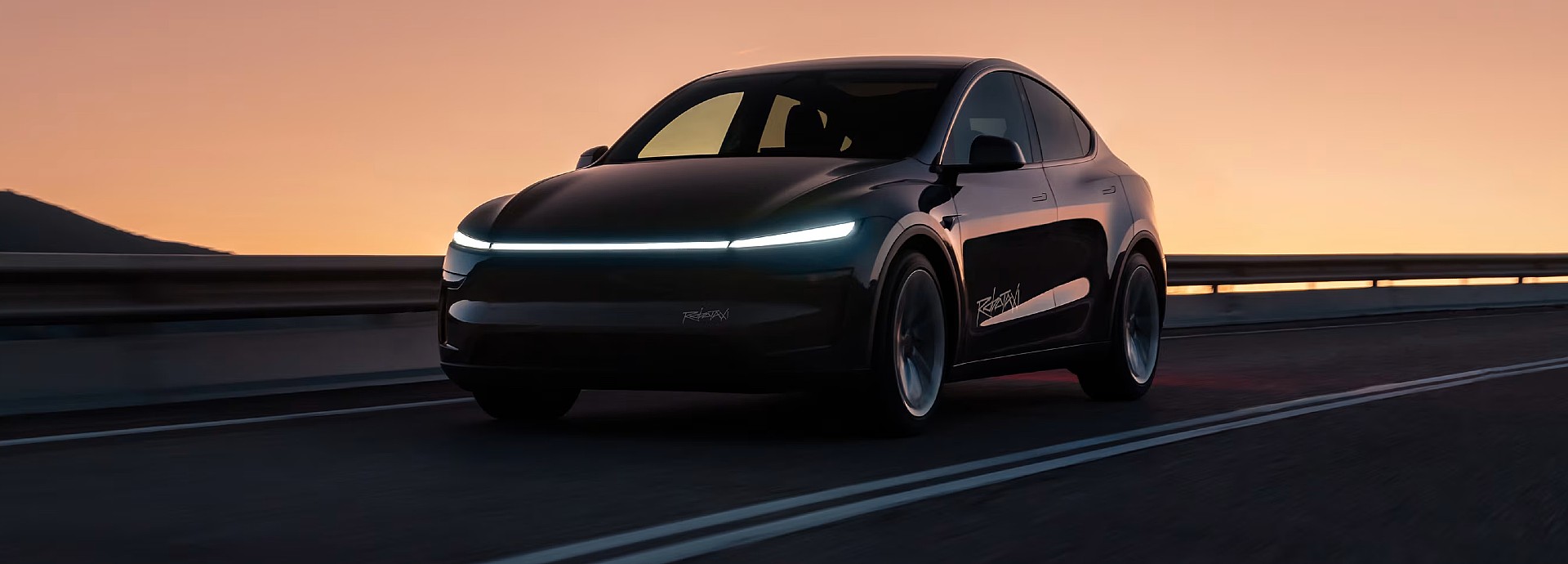
Tesla (NASDAQ: TSLA) received a bold Robotaxi prediction from Morgan Stanley, which anticipates a dramatic increase in the size of the company’s autonomous ride-hailing suite in the coming years.
Last week, Andrew Percoco took over Tesla analysis for Morgan Stanley from Adam Jonas, who covered the stock for years. Percoco seems to be less optimistic and bullish on Tesla shares, while still being fair and balanced in his analysis.
Percoco dug into the Robotaxi fleet and its expansion in the coming years in his latest note, released on Tuesday. The firm expects Tesla to increase the Robotaxi fleet size to 1,000 vehicles in 2026. However, that’s small-scale compared to what they expect from Tesla in a decade.
Tesla expands Robotaxi app access once again, this time on a global scale
By 2035, Morgan Stanley believes there will be one million Robotaxis on the road across multiple cities, a major jump and a considerable fleet size. We assume this means the fleet of vehicles Tesla will operate internally, and not including passenger-owned vehicles that could be added through software updates.
He also listed three specific catalysts that investors should pay attention to, as these will represent the company being on track to achieve its Robotaxi dreams:
- Opening Robotaxi to the public without a Safety Monitor. Timing is unclear, but it appears that Tesla is getting closer by the day.
- Improvement in safety metrics without the Safety Monitor. Tesla’s ability to improve its safety metrics as it scales miles driven without the Safety Monitor is imperative as it looks to scale in new states and cities in 2026.
- Cybercab start of production, targeted for April 2026. Tesla’s Cybercab is a purpose-built vehicle (no steering wheel or pedals, only two seats) that is expected to be produced through its state-of-the-art unboxed manufacturing process, offering further cost reductions and thus accelerating adoption over time.
Robotaxi stands to be one of Tesla’s most significant revenue contributors, especially as the company plans to continue expanding its ride-hailing service across the world in the coming years.
Its current deployment strategy is controlled and conservative to avoid any drastic and potentially program-ruining incidents.
So far, the program, which is active in Austin and the California Bay Area, has been widely successful.








